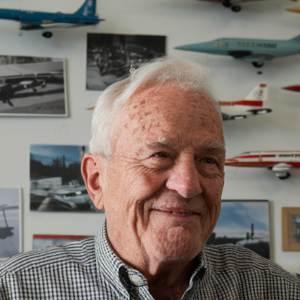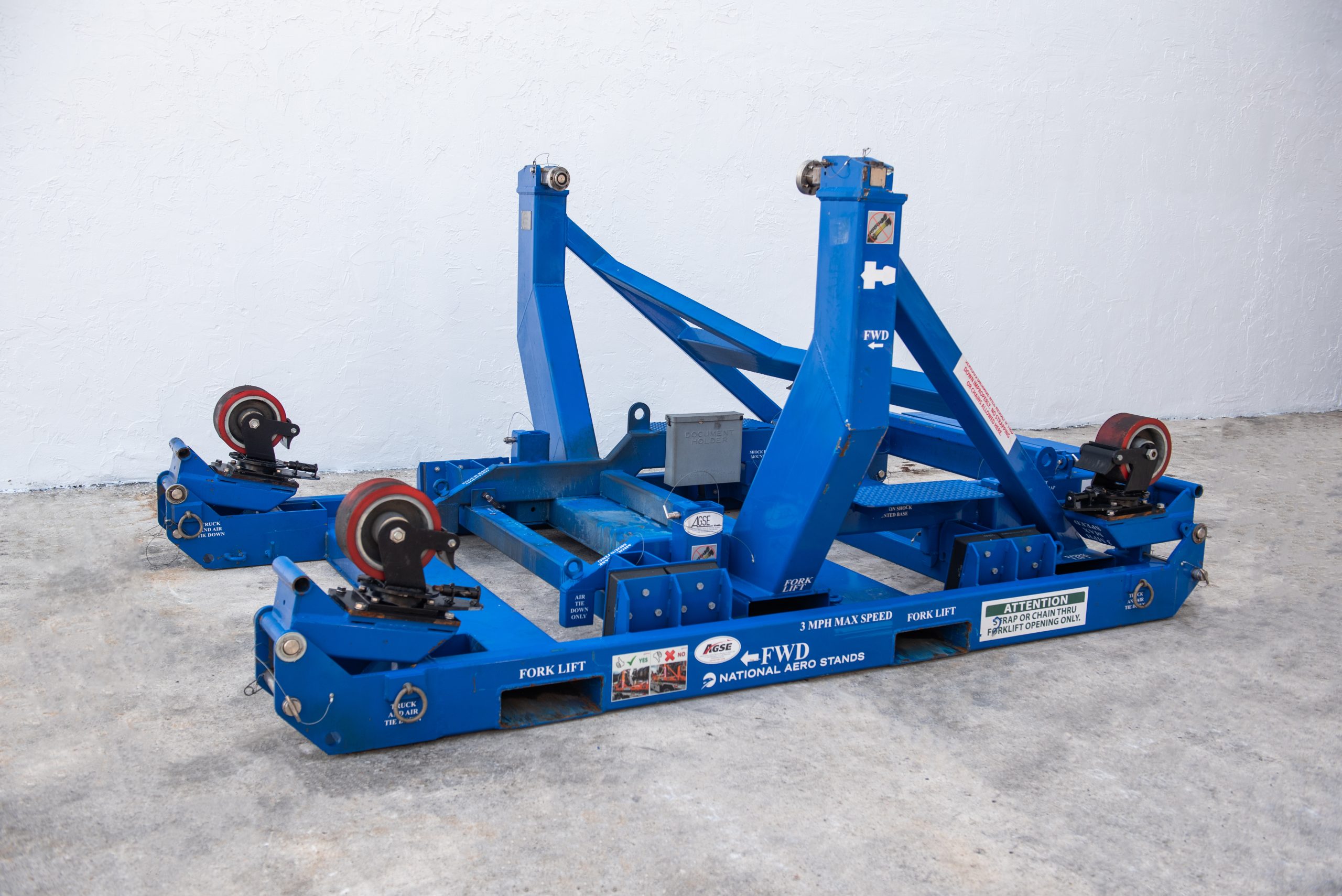Curious about what happens when you step into those mysterious airport security scanners? Let’s explore the fascinating technology that keeps air travel safe while respecting passenger privacy and ensuring efficient screening processes.
Airport body scanners represent a revolutionary advancement in security screening technology, utilizing millimeter wave imaging to detect concealed items beneath clothing. These sophisticated devices have transformed traditional security checkpoints by offering comprehensive screening without physical contact.
The scanners create digital images by emitting electromagnetic waves that reflect off your skin and any hidden objects, providing security personnel with a detailed analysis while maintaining passenger privacy and comfort. This technology marks a significant improvement over conventional metal detectors, offering enhanced detection capabilities for both metallic and non-metallic threats.
Purpose and Functionality of Body Scanners
As a crucial component of the Transportation Security Administration’s (TSA) multi-layered security approach, full-body scanners serve multiple essential functions:
- Detection of weapons and explosives
- Identification of prohibited items
- Prevention of unauthorized materials on aircraft
- Enhancement of overall aviation security
- Reduction of manual pat-downs through targeted screening
Understanding Millimeter Wave Technology
Millimeter wave scanners operate within the 30-300 GHz radio frequency range, utilizing non-ionizing radiation to penetrate clothing while safely bouncing off skin. This technology creates detailed three-dimensional images for security analysis, completing the entire process within seconds.
| Feature | Benefit |
|---|---|
| Non-ionizing radiation | Safe for regular use, similar to cell phone technology |
| Comprehensive detection | Identifies both metallic and non-metallic threats |
| Rapid scanning | Efficient processing of high passenger volumes |
How Millimeter Wave Scanners Work
The scanning process involves two rotating antennas that emit low-power radio waves, creating a computerized image that highlights anomalies against your body’s natural contours. Modern systems employ advanced algorithms to automatically identify potential threats, displaying results on a generic human outline for privacy protection.
Safety and Radiation Concerns
Scientific evidence strongly supports the safety of millimeter wave scanners. The radiation exposure is approximately 1,000 times lower than a typical cell phone call, and multiple studies by organizations including the FDA and WHO confirm their safety for all passengers, including pregnant women and children.
Backscatter X-ray Technology: A Phased-Out Alternative
Before millimeter wave technology became standard, airports used backscatter X-ray scanners. Despite their effectiveness in threat detection, these devices were discontinued by 2013 due to privacy concerns and questions about radiation exposure. The transition to millimeter wave technology represents the industry’s commitment to balancing security needs with passenger safety and privacy.
Why Backscatter X-ray Was Replaced
The discontinuation of backscatter X-ray technology was driven by two critical concerns that proved insurmountable:
- Radiation exposure risks – utilized ionizing radiation that could potentially damage DNA with cumulative exposure
- Significant privacy concerns – produced detailed anatomical images that many considered too invasive
- Scientific debate over safety – a 2011 Archives of Internal Medicine study highlighted potential risks
- European ban – led to complete prohibition of the technology in 2011
- Inadequate privacy protections – software blurring proved insufficient to address ethical concerns
Privacy Concerns and Regulatory Standards
The introduction of airport body scanners triggered intense public debate about passenger privacy, particularly regarding early backscatter systems that produced highly detailed anatomical images. A pivotal moment occurred in 2009 when an attempted bombing on a Detroit-bound flight led to accelerated scanner deployment, intensifying privacy concerns.
In response, aviation authorities implemented comprehensive changes to protect passenger dignity while maintaining security effectiveness. Modern millimeter wave scanners now utilize automated threat detection systems that display only generic outlines with highlighted areas of concern, eliminating the need for detailed body images. Current regulations require strict adherence to technical specifications covering image generation, storage protocols, and operator training.
Addressing Privacy Issues
| Privacy Protection | Implementation |
|---|---|
| Image Display | Generic avatar with highlighted threat areas only |
| Data Storage | No image storage or transmission capabilities |
| Operator Location | Physical separation from screening area |
| Alternative Options | Available upon religious or personal request |
Compliance with Regulatory Standards
Airport body scanners operate within a comprehensive regulatory framework overseen by multiple international authorities:
- TSA and Department of Homeland Security Privacy Office (United States)
- European Civil Aviation Conference (ECAC)
- International Civil Aviation Organization (ICAO)
- National aviation authorities worldwide
These organizations mandate strict compliance requirements covering radiation limits, image resolution, data handling, and alternative screening options. Regular audits and certifications ensure ongoing adherence to standards, while operator training focuses on privacy protection and respectful passenger interaction.
Alternatives to Full-Body Scanners
Travelers maintain the right to choose alternative screening methods if they prefer to avoid millimeter wave scanning. The primary alternative is a manual pat-down screening, available at all security checkpoints. While these alternatives typically require more time than standard scanner screening, they accommodate passengers with medical conditions, religious objections, or personal concerns while maintaining necessary security standards.
Additional screening options may include explosive trace detection (ETD), where security officers use swabs to test for explosive residue. These alternatives ensure that all passengers complete required security screening while respecting individual preferences and needs.
Pat-Down Screenings and Other Methods
When opting for a pat-down screening, passengers experience a standardized procedure that prioritizes both security and personal dignity. A TSA officer matching your gender identity conducts the screening, beginning with a clear explanation of the process and inquiring about any medical devices, injuries, or sensitive areas requiring special attention.
| Pat-Down Feature | Implementation |
|---|---|
| Officer Requirements | Same gender as passenger identity |
| Safety Measures | Clean gloves, back-of-hand technique for sensitive areas |
| Privacy Options | Private screening room available upon request |
| Companion Rights | Allowed to bring a companion for private screenings |
Beyond traditional pat-downs, airports employ various specialized screening methods that create a comprehensive security framework:
- Behavioral detection officers trained to identify suspicious conduct
- Explosive-detecting K-9 units for efficient group screening
- Targeted questioning techniques based on security protocols
- Additional screening methods adapted to current threat levels
- Location-specific procedures following local regulations
This multi-layered approach ensures effective threat detection while maintaining flexibility to accommodate diverse passenger needs and varying security requirements.



Leave a Reply